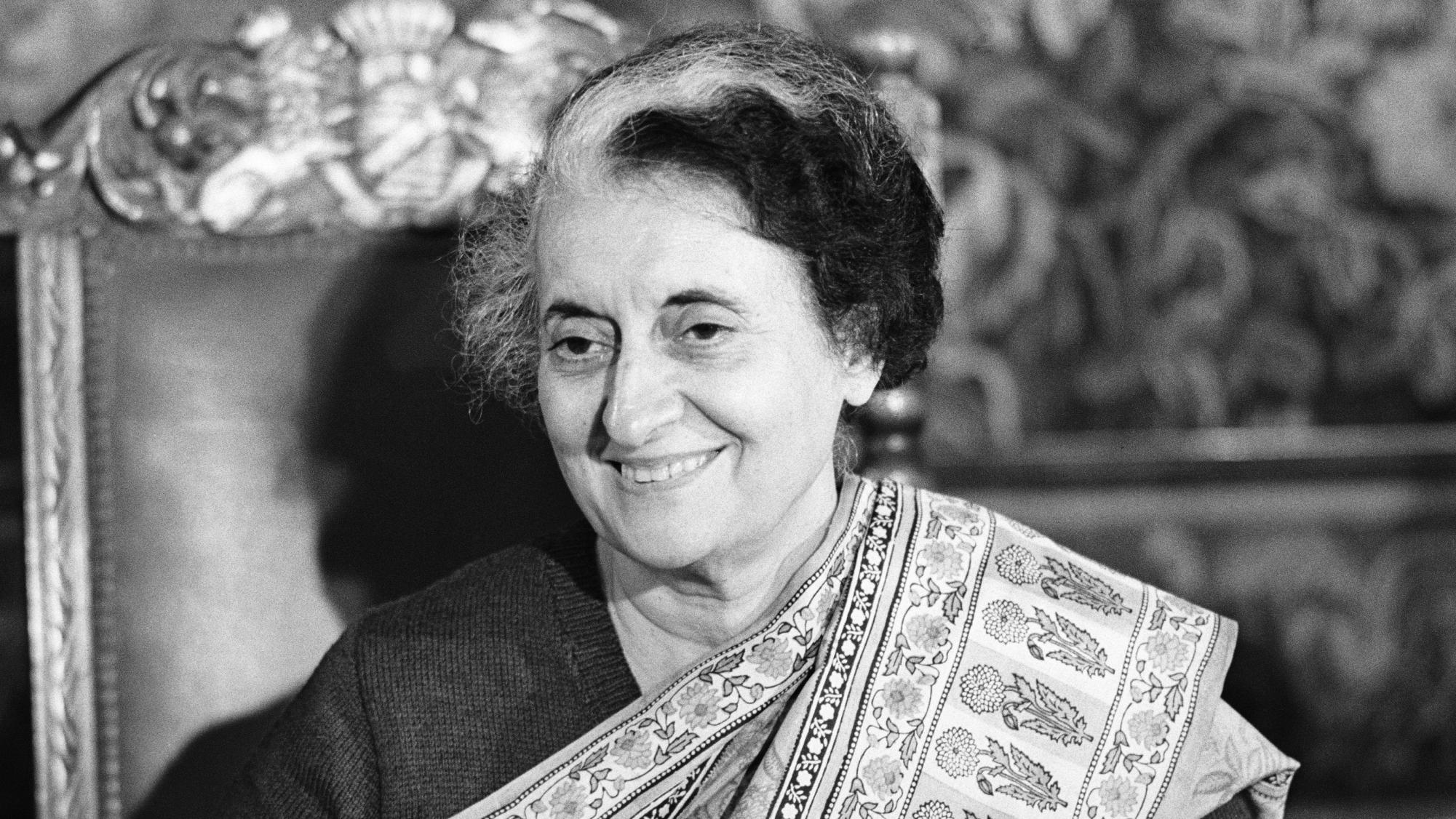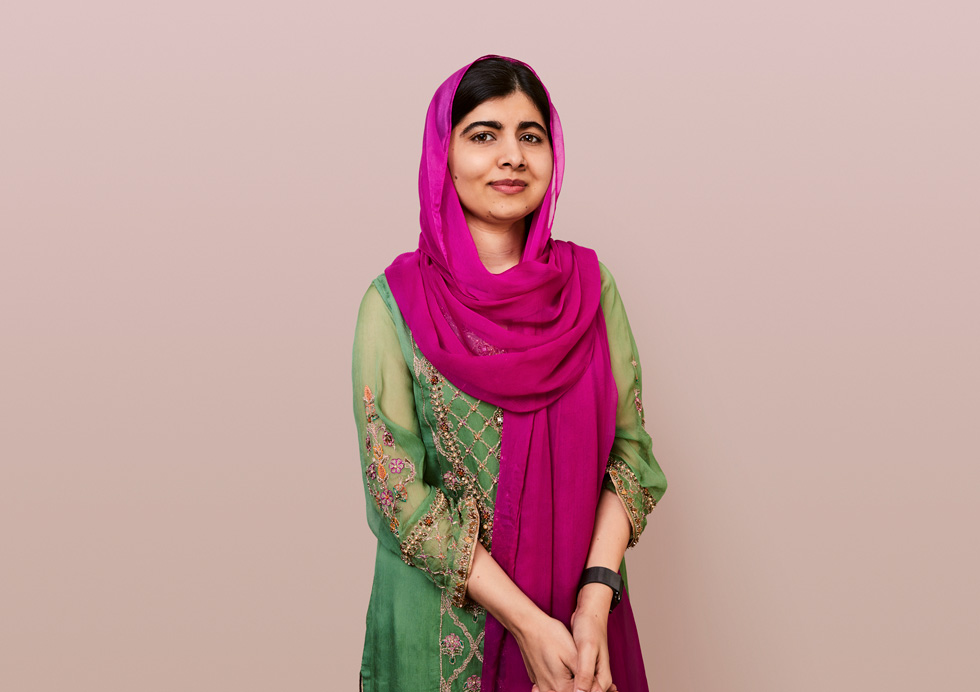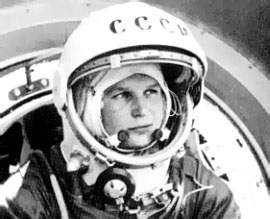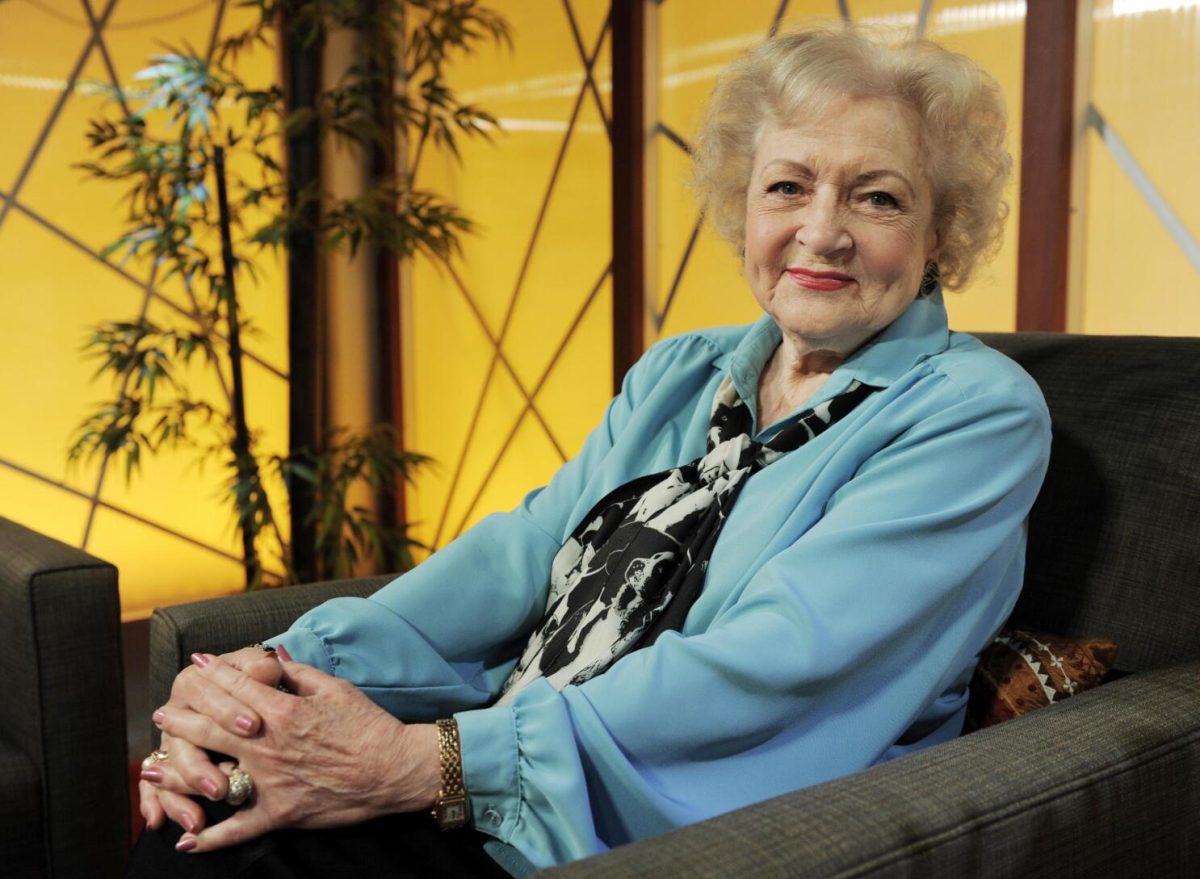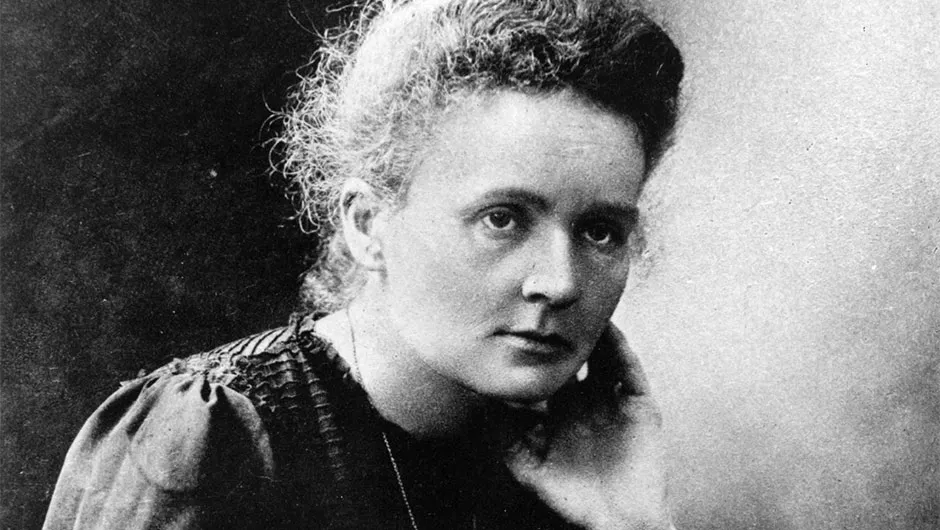Indira Feroze Gandhi Nehru was an Indian politician who served as the third and fifth Prime Minister of India from 1966 to 1977 and from 1980 to 1984, when she was assassinated by Sikh nationalists. She was the leader of the Indian National Congress and was the first – and so far only – female PM of India.

Gandhi was the daughter of Jawaharlal Nehru, the first Prime Minister of India. She was also the mother of Rajiv Gandhi, who served as the sixth Prime Minister of India. Indira Gandhi was in office for almost 16 years, making her the second-longest-serving PM of India, after Nehru’s tenure of about 16 years and 8 months. She was given the nickname “Iron Lady” by Henry Kissinger due to her tough personality.
During Nehru’s time in office, Gandhi accompanied him on many trips and acted as his hostess. She also took part in the dissolution of the communist Kerala state government as president of the INC (Indian National Congress) party. Lal Bahadur Shastri, who was the successor of Nehru after his death, appointed her as Minister of Information and Broadcasting. In the same year, she was appointed to the Rajya Sabha (the upper house of Indian Parliament).
Indira Gandhi’s Rise to Power and the Congress Split
After Shastri died in 1966, Indira Gandhi beat her rival and was to succeed Shastri as the third Prime Minister of India. She led the INC to success in the 1967 general election, where she was elected to the lower house of the Indian Parliament (Lok Sabha). In 1969, the Congress suffered a split. This was because Gandhi was slowly aligning herself more closely with socialist policies, which led to falling-outs with other, more right-wing, Congress MPs. Due to this, the President of the INC S. Nijalingappa expelled her from the party. Gandhi responded by forming her faction of the party, the Indian National Congress (Requisionists), or INC(R) for short. She retained the majority of the old INC MPs, with only 65 members of Parliament remaining in the INC, now the Indian National Congress (Organisation), or INC(O) for short. However, the INC(R) lost its majority in Parliament. Despite this, Congress(R) managed a landslide victory during the 1971 general election.
Third Indo-Pakistani War
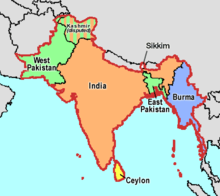
In 1971, an internal crisis in Pakistan resulted in the third Indo-Pakistani war from December 3rd to December 16th(also known as the Bangladesh Liberation War). On December 3rd, 1971, the Pakistani Air Force launched Operation Chengiz Khan, where Pakistani forces attacked Indian military bases along their western border. However, Pakistan’s navy had no major improvements since the 1965 war, their air force was not on par with India’s, and the Pakistani Army lacked wide-scale organization. As a result, many miscommunications occurred along the frontline, which caused many unintended casualties. Along with this, almost all of their ground offensives on the border failed, apart from a few victories in Kashmir. This allowed the Indian Army’s counteroffensives to be much more successful.
On the eastern border, Indian generals opted for a lightning war, much like Blitzkrieg on the Western Front of World War II. They utilized ground and air units to quickly move into East Pakistan and secure the capital, Dhaka. Indian forces defeated the small airborne Pakistani contingent, resulting in Indian air superiority over East Pakistan. Indian units liberated many towns during the Battle of Sylhet between December 7th and 15th, 1971, along with launching their first heliborne operation. On the 9th, 750 men of the Indian Army’s Parachute Regiment landed in Tangail and killed almost 90% of all Pakistani troops in the area, with only 900 out of 7,000 making it back to Dhaka alive. 3 days later, Indian forces arrived on the outskirts of Dhaka, with artillery there by December 14th.
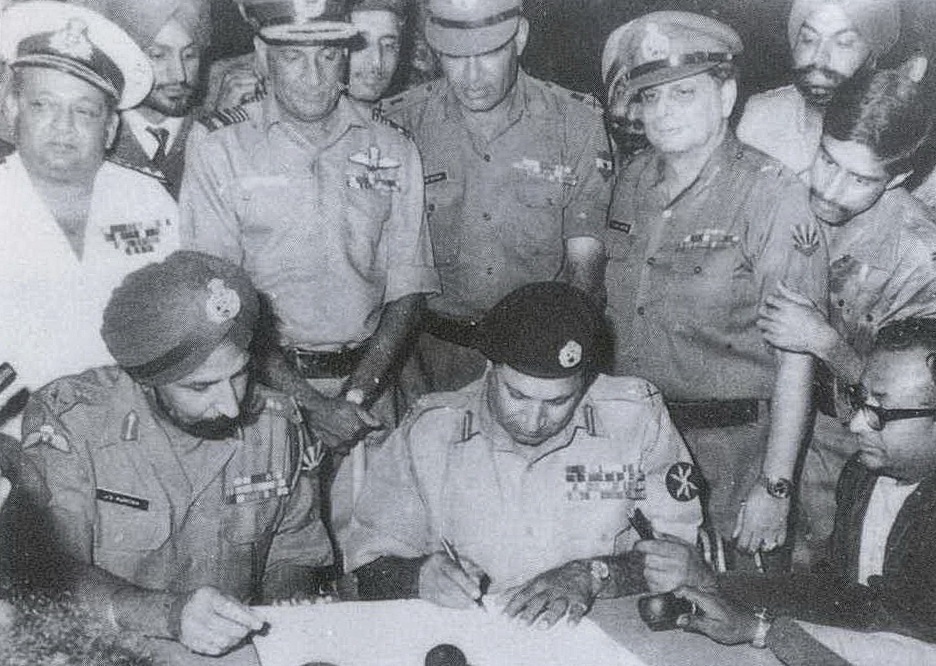
As Pakistan’s surrender became more and more likely, Pakistani forces kidnapped, tortured, and executed any Bangladeshis who were capable of leading the country after their surrender. Over 200 were killed that night. On December 16th, the Indian army finally completely encircled the capital and began besieging it. The same day, Indian militia issued a 30-minute ultimatum stating the city’s surrender. Taking note that Pakistani defenses paled in comparison to the Indian forces outside, Lieutenant General Amir Abdullah Khan Niazi (Commander of Eastern Command) of Pakistan and his deputy realized that they stood no chance against the Indian offensive. He and Lieutenant General Jagjit Singh Aurora of India later signed the Pakistani Instrument of Surrender at 16:31 IST (Indian Standard Time). This surrender marked the collapse of the East Pakistani Government, along with the surrender of 93,000 Pakistani personnel, the largest surrender since WWII. This Indian victory is known as one of Indira Gandhi’s biggest achievements.
The Emergency
In 1975, Raj Narain alleged the use of electoral malpractices during Indira Gandhi’s rise to power. This case was heard by the Allahabad High Court, and after 4 years, the court found her guilty of many of these charges and declared her 1971 election into the Lok Sabha void. However, the judge rejected the more serious allegations, such as bribery. After news of this conviction spread, hundreds of Gandhi’s supporters led a demonstration outside her house, pledging their loyalty to her. India’s High Commissioner to the UK stated that the verdict would not affect Gandhi’s political career, as she still had overwhelming support in the nation.

Gandhi made a move to restore order by demanding the detainment of most of the opposition taking part in the internal disorder. Her government and Cabinet then recommended President Fakhruddin Ali Ahmed to declare a state of emergency due to the lawlessness and unrest following the decision of the Allahabad High Court, with the President following the request accordingly (based on the provisions of article 352(1) of the Indian Constitution) on June 25, 1975.
During the Emergency, there was a rumor that Gandhi had ordered her search guards to assassinate trade unionist and socialist party leader George Fernandes. This is because he had called a national railway strike in 1974, shutting down railroads for three weeks, becoming the largest industrial action in all of Asia. Gandhi was furious and the strike resulted in a massive crackdown.
Within a few months of the beginning of the Emergency, presidential rule was ordered on the two states with opposition-ruled governments, Tamilnadu and Gujarat. This brought the entire country under the direct central rule of the Congress party. Police were granted free reign to impose curfews and arrest citizens until the Emergency ended, and all publications would be censored by the Ministry of Information and Broadcasting. Legislative elections would be postponed indefinitely, with all opposition-led state governments dismissed on the recommendation of the state’s governor. Finally, President Ahmed issued ordinances undebatable in Parliament that allowed Indira Gandhi to rule by decree. Even after these many restrictions were placed, the states could still not maintain stability.
Opposition Years

In 1977, after extending the state of emergency twice, Gandhi called elections to give the electorate a chance to vindicate her rule during the Emergency. However, she may have misjudged her popularity by reading what the heavily censored press said about her. Due to this, she suffered a massive loss in the 1977 General Elections against the Janata alliance of opposition parties, which rose to power after the end of the Emergency. The Janata alliance comprised of the Bharatiya Jana Sangh, INC(O), Bharatiya Lok Dhal, Congress for Democracy (which split from Congress(R) during the state of emergency), and rebels from Congress(R) during the Emergency. The spiritual leader of this political alliance claimed that these elections were India’s last chance to choose between “democracy and dictatorship”. Indira Gandhi and her younger son, Sanjay Gandhi, lost their seats in the Lok Sabha, with Congress(R) reduced to 153 seats out of all 350. The Janata alliance parties later merged into the single Janata Party.
Because of Gandhi’s lost seat in the Sixth Lok Sabha, INC(R) appointed Yashwantrao Chavan as their parliamentary party leader. Due to this, the Indian National Congress split again, with Indira Gandhi and her followers seceding from the original party and forming a new one known as the Indian National Congress (I), with the I standing for Gandhi’s first name. She later won a by-election in the Chikmagalur Constituency (which ceased to exist in 2008) and took a seat in the Lok Sabha again in November of 1978, after the Janata Party’s failure at trying to have Kannada matinee idol “Dr. Rajkumar” run against her after he stated that he wanted to remain apolitical.
However, the Janata Government’s home minister Charan Singh ordered Indira and Sanjay Gandhi’s immediate detainment on several allegations to try and get her out of Parliament. Some of these claims included that she “had planned or thought of killing all opposition leaders in jail during the Emergency”. These arrests meant that she was automatically expelled from Parliament. Unfortunately, the plan massively backfired when supporters of Gandhi hijacked an Indian Airlines jet, demanding her release. This arrest and trial gained her much sympathy from many people.

The Janata Party was still very unstable, as the opposition had united simply for their hatred of Gandhi. Due to this, PM Moraji Desai’s government had a lot of infighting between Hindu nationalists, socialists, and former Congress members. In 1979, the government began to unravel over the issue of many members of the Janata also being loyal to the RSS (Rashtriya Swayamsevak Sangh) party, a Hindu nationalist, paramilitary organization. Charan Singh took advantage of this and began courting Indira and Sanjay Gandhi again, despite only arresting them a year ago. Many people left the Janata party as a result of Singh’s faction, resulting in Desai resigning in July 1979. Singh was appointed PM by President Reddy, after Indira and Sanjay Gandhi promised that INC(I) would remain loyal to Singh on many conditions, including that he dropped all charges against them. However, Singh refused, and Congress(I) withdrew their support of Singh’s faction, leading to President Reddy dissolving Parliament in August 1979.
1980 Elections and 4th Term
Just before the 1980 elections were to take place, Gandhi approached the Shahi Imam (leader of prayers) of Delhi’s Jama Masjid, Syed Abdullah Bukhari, and entered an agreement to secure the vote of most Muslims. In the 1980 general elections, Congress(I) won in a landslide victory for the first time since the early 1970s. After the elections, INC(I) dropped the “I” part and declared itself the sole Indian National Congress. However, the “I” would only be officially removed from the party name in 1996.
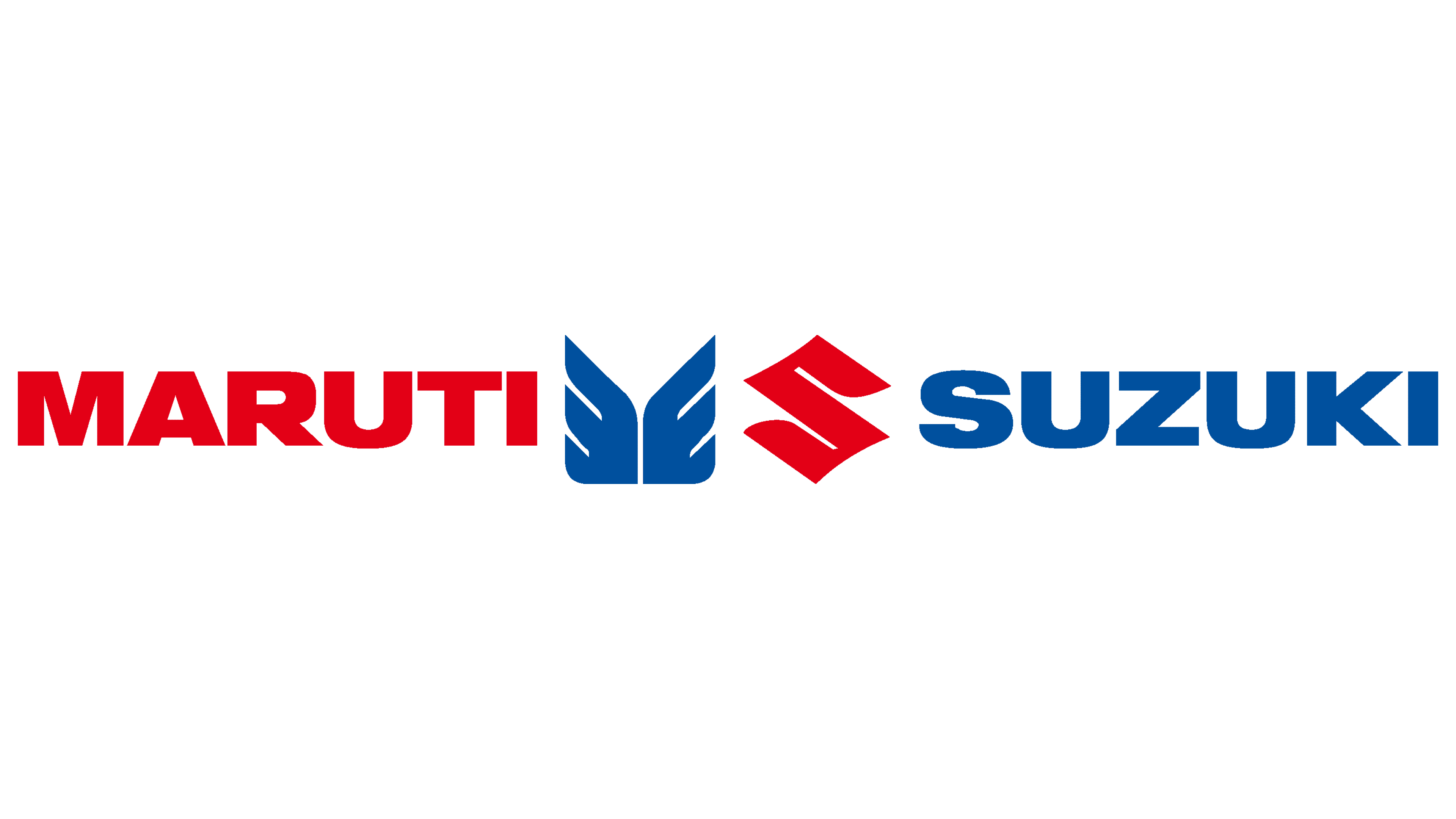
On June 23rd, 1980, Sanjay was killed in a plane crash when performing an aerobatic maneuver above New Delhi. As a tribute to his dream of launching an Indian-manufactured car, Indira Gandhi nationalized his company Maruti Udyog, at the time in massive debt, for ₹43M (now around ₹1B. or $12.25M). Its partner was set to be the Japanese company Suzuki, with the company launching its first car manufactured domestically in 1984. Maruti Suzuki is now priced at a total of ₹3.62T ($50B), and is the biggest car company in all of India.
After Sanjay’s death, Gandhi only trusted family members, and so persuaded Rajiv Gandhi, her eldest son, to get into politics. He reluctantly agreed and later went on to become the 6th PM of India, after Indira Gandhi’s assassination.
Operation Blue Star

Following the 1977 general elections, a coalition formed led by the Sikh-majority Akali Dal Party arose in the state of Punjab. The INC(I) attempted to split up Akali Dal while still retaining support from Sikhs by turning orthodox religious leader Jarnail Singh Bhindranwale into a more prominent figure in Punjabi politics. However, Bhindranwale’s organization, Damdami Taksal, became violent with another religious organization called the Saint Nirankani Mission. After Bhindranwale was accused and later detained for instigating the murder of the owner of the Punjabi Kesari newspaper, he disassociated himself from the INC(I) and became a member of Akali Dal. In July 1982, he was a leading figure in the implementation of the Anandpur Resolution, which demanded more autonomy for Punjab.
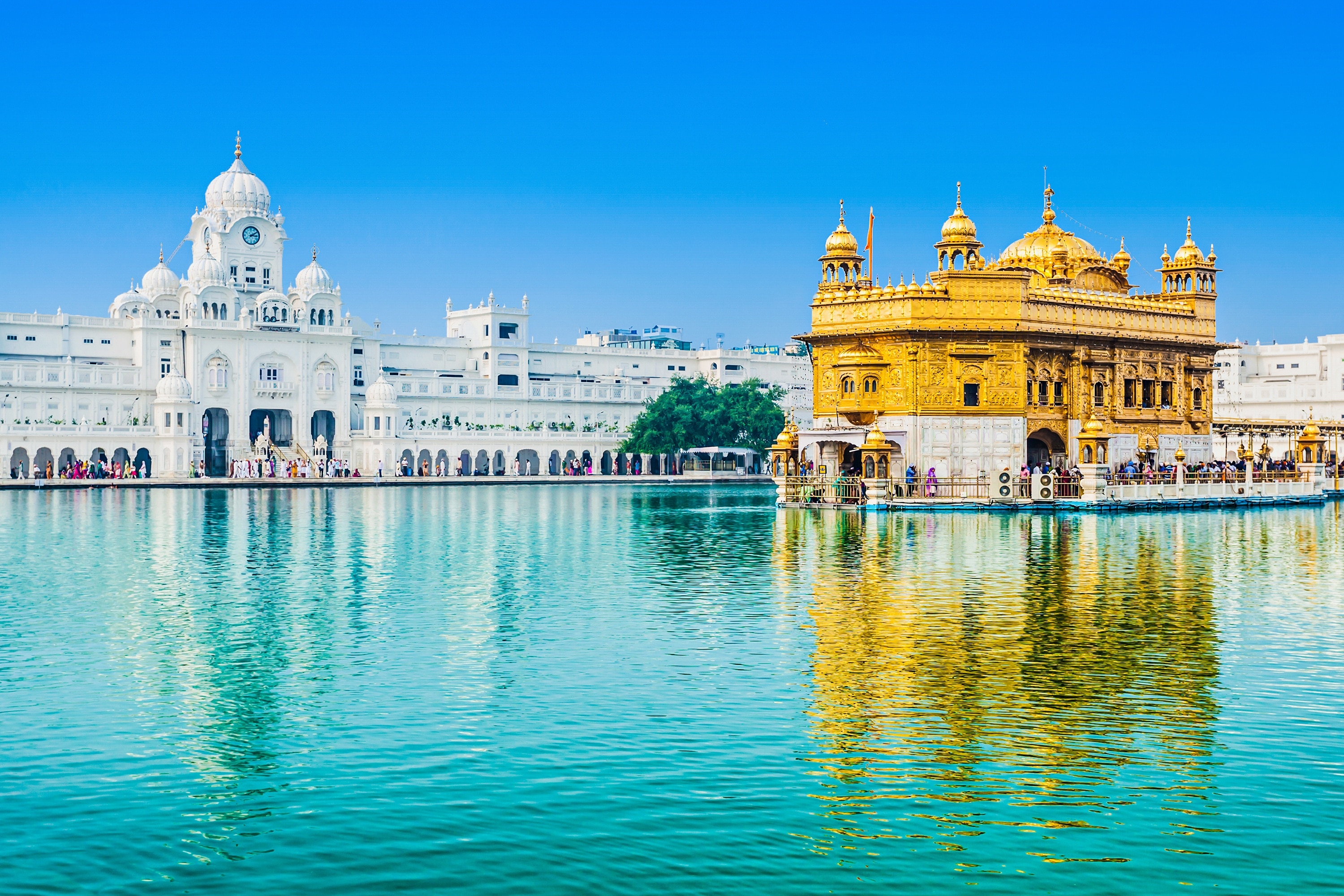
Meanwhile, a small group of Sikhs, which included many of Bhindranwale’s followers, looked to more violent acts after the government targeted them for supporting the Anandpur Resolution. In 1982, Bhindranwale and 200 of his armed followers moved into a guest house located near the Golden Temple in Amritsar. The Golden Temple is one of the holiest religious sites for Sikhs, alongside the Gurdwara Darbar Sahib Kartarpur in Kartarpur and the Gurdwara Janam Asthan in Nankana Sahib.
By the year 1983, the temple had become a fort for many Sikh militants. The Statesman magazine stated that light machine guns and semi-automatic rifles were also brought into the temple complex. In April of 1983, Punjab Police Deputy Inspector General A. S. Atwal was shot and killed presumably by an armed militant after leaving the Golden Temple. The day after, the president of Akali Dal confirmed Bhirandwale’s involvement in the murder.

After a multitude of futile negotiations between the INC and Akali Dal, Gandhi ordered the Indian Army to enter the Golden Temple in Operation Blue Star in June 1984. It utilized heavy artillery, including tanks. The operation badly damaged and/or destroyed parts of the Golden Temple complex, including the Akal Takht shrine and the Sikh library. It also resulted in many casualties of not just Akali Dal-affiliated militia but also innocent pilgrims’ lives. The number of deaths remains disputed with sources ranging from the hundreds to the thousands. Because of this, Gandhi was accused of attacking for political ends. Much criticism came from Sikhs domestically and internationally.
Assassination
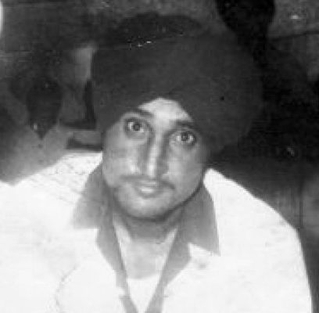
On October 31, 1984, two of Indira Gandhi’s Sikh bodyguards, Satwant Singh and Beant Singh, shot her repeatedly with a Sten submachine gun and a .38 special revolver, in an act of revenge for Operation Blue Star. It occurred while she was on her way to be interviewed by British filmmaker Peter Ustintov. She was taken to the All India Institutes of Medical Sciences at 9:30 IST and was declared dead at 14:20 IST. Gandhi was later cremated per Hindu tradition, and her funeral was televised live on many domestic and international stations. After her death, the Parade Ground was converted into Indira Gandhi Park, inaugurated by her son, Rajiv Gandhi.

Within hours of her death, Rajiv Gandhi succeeded his mother as Prime Minister and anti-Sikh riots swept across India, resulting in over 3,000 Sikhs killed in New Delhi and around 8,000 in India. Many leaders affiliated with the INC were believed to be behind these massacres.
Indira Gandhi’s assassination was mourned all across the globe. Soviet President Konstantin Chernenko sent his condolences, stating that “the Soviet people learned with pain and sorrow about the untimely death in a villainous assassination of the glorious daughter of the great Indian people, a fiery fighter for peace and security of peoples and a great friend of the Soviet Union”. US President Ronald Reagan and Secretary of State George Shultz visited the Indian Embassy to sign a book of condolences and expressed his “shock, revulsion, and grief” over the murder. Many Asian, African, and European leaders mourned her as a champion of democracy and the Non-Aligned Movement, calling the killing a “terrorist act”. The presidents of Yugoslavia, Pakistan, Italy, France, and even Pope John Paul II of the Vatican also condemned the killing. South Korean President Chun Doo-hwan stated that Gandhi’s death meant “the loss of a great leader to the whole world”. At the UN, the General Assembly paused in its work as shocked delegates mourned the assassination. Assembly President Paul Lusaka of Zambia postponed a scheduled debate in order to make time for a memorial meeting.
